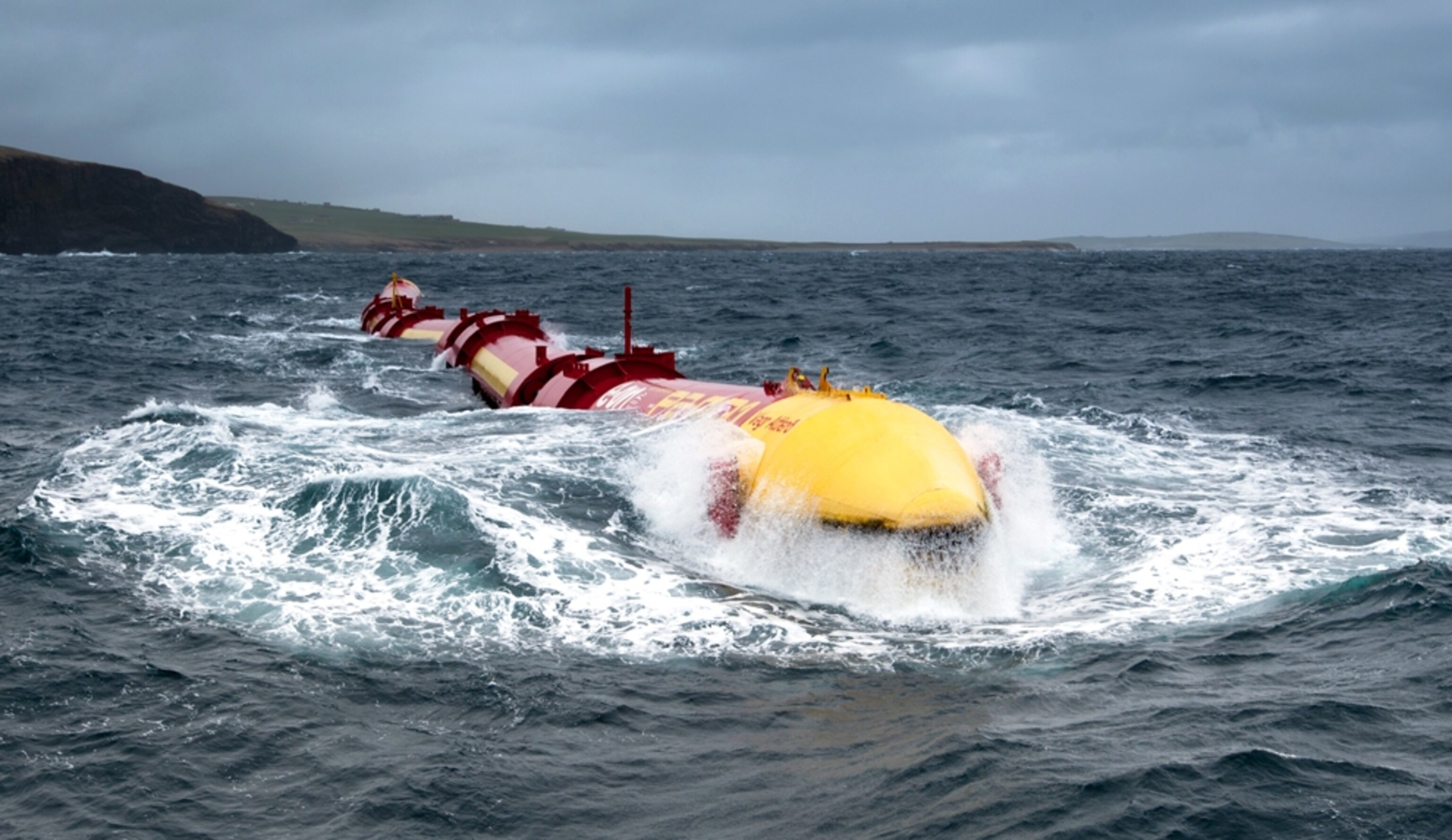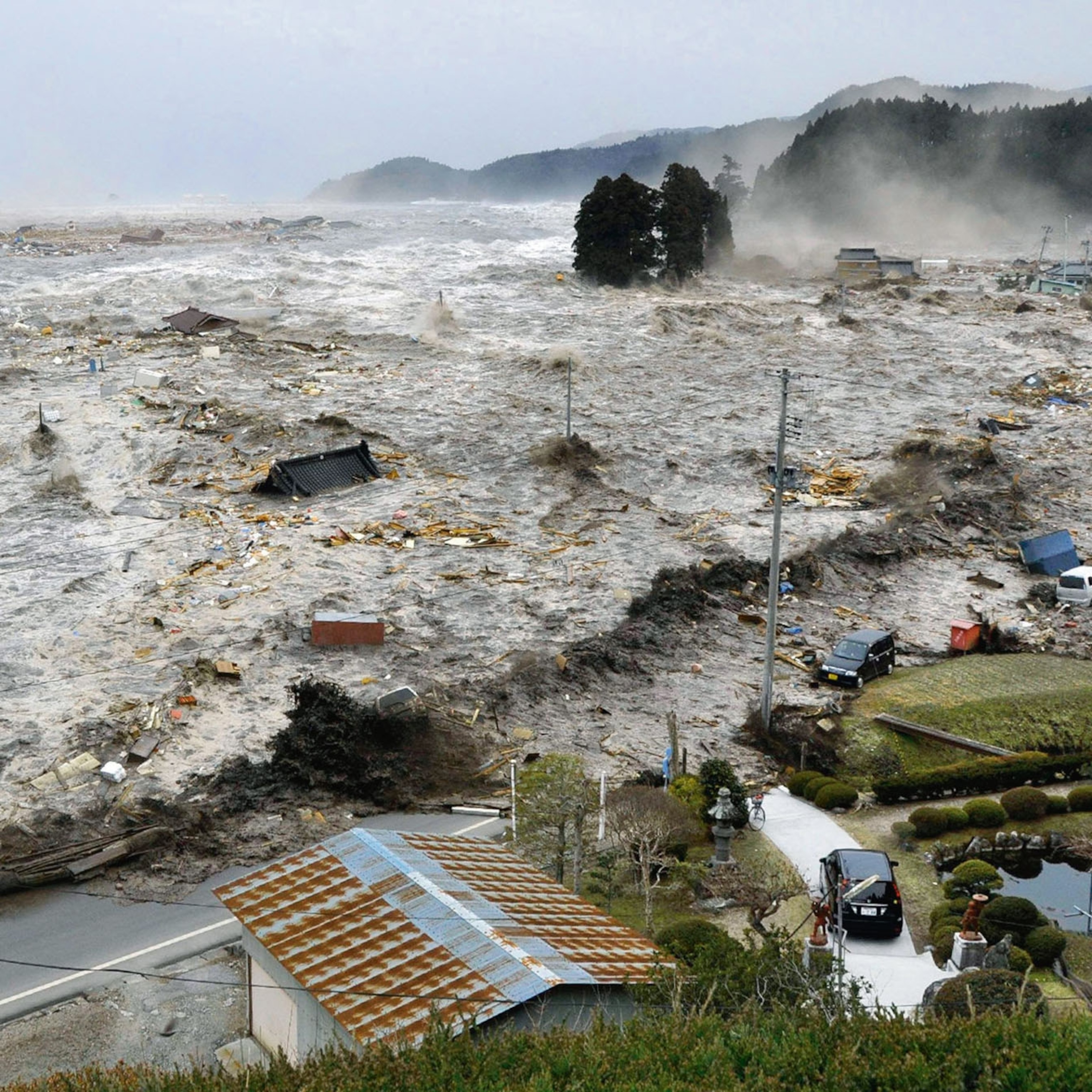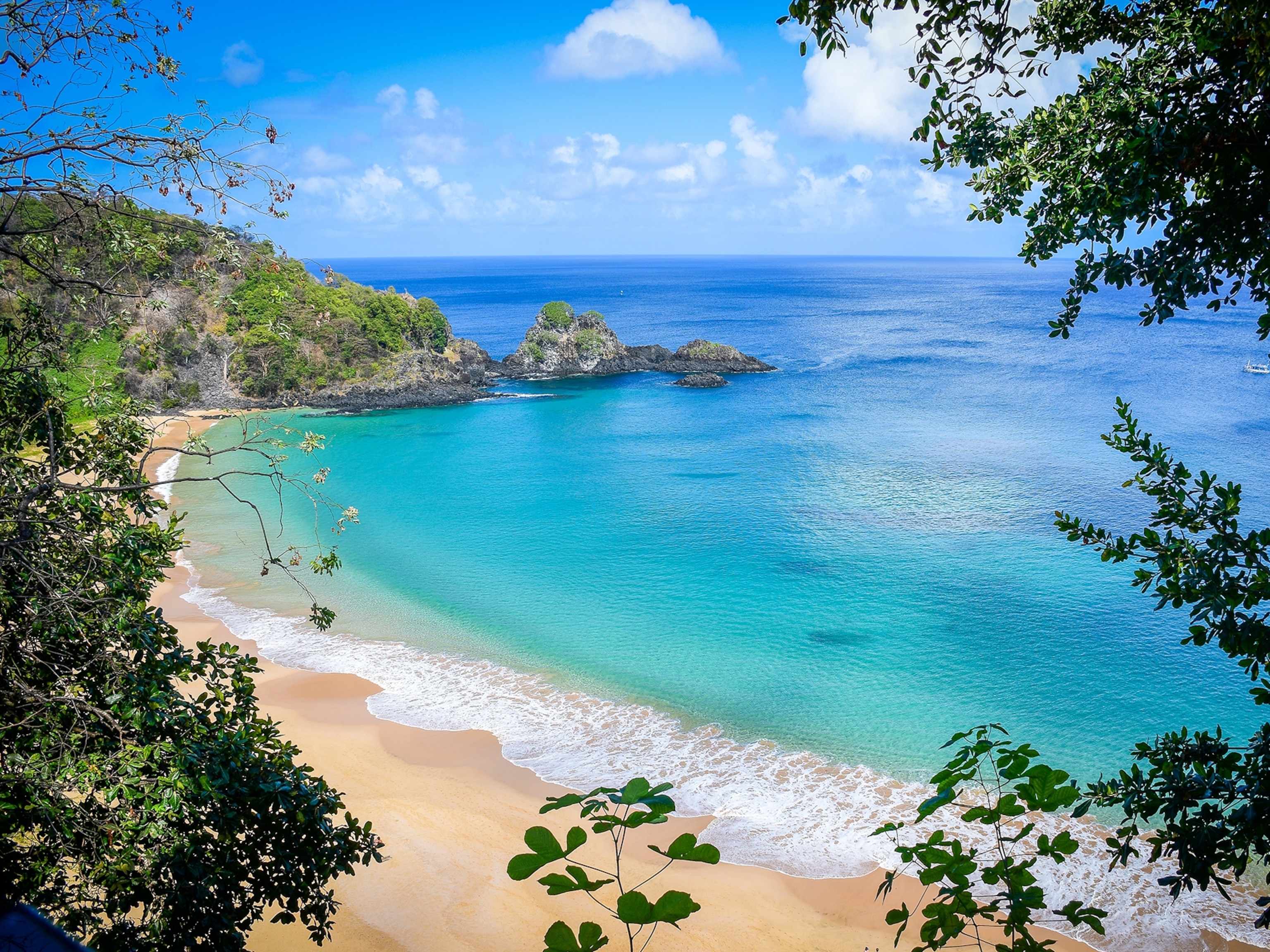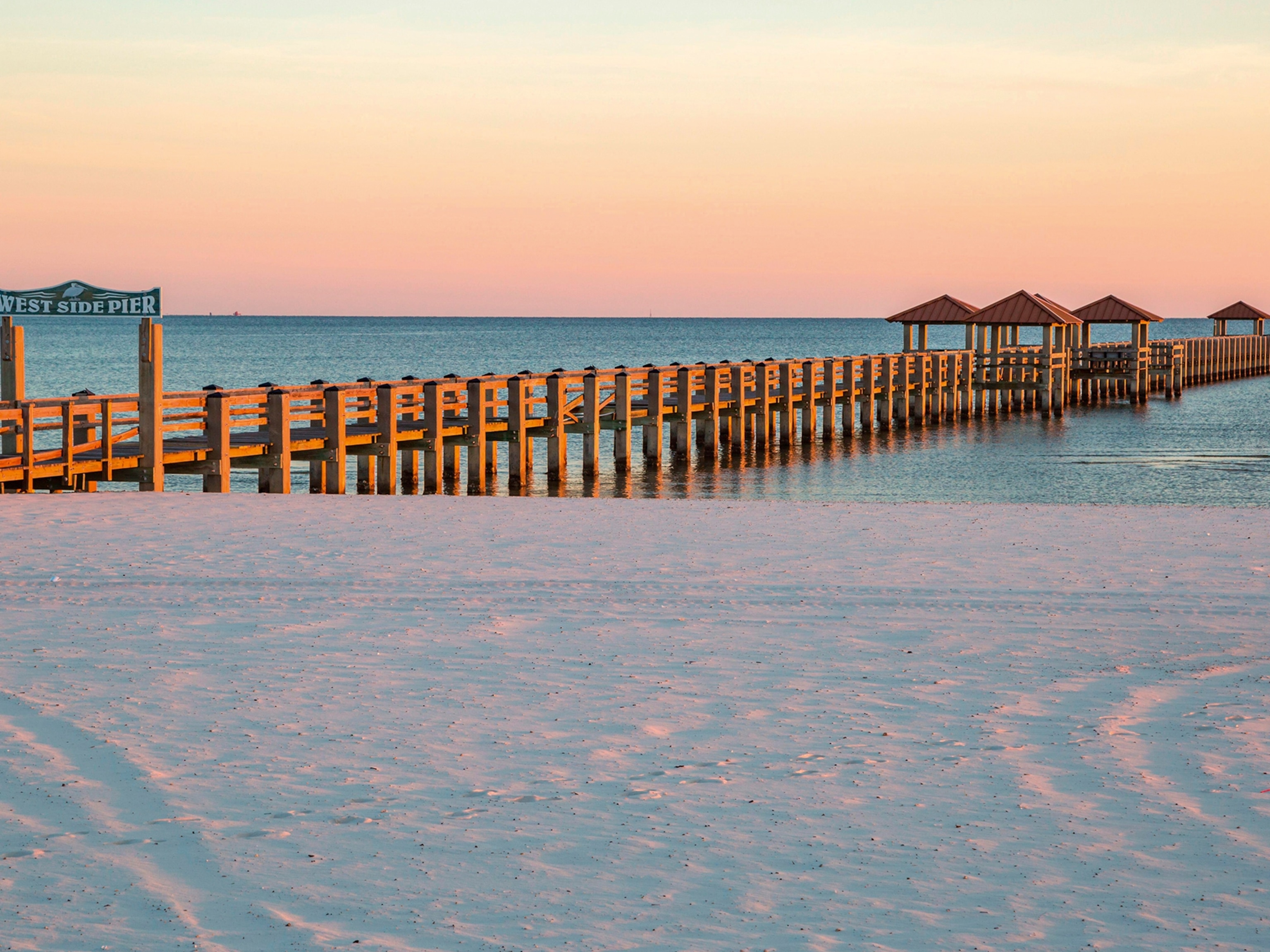
Ocean Energy Teams Compete for $16 Million Scotland Prize
In the roiling waters off Scotland’s coast, companies are vying to prove technology to harness the energy of the sea.
People have long dreamed of harnessing the tremendous power of the ocean's waves and tides. Off the jagged and wild coast of Scotland, a competition is now under way to demonstrate a practical means of capturing that vast renewable energy for electricity.
Four United Kingdom companies are vying for the Saltire Prize, a £10 million (about $16 million) award offered by the government of Scotland, which boasts that 25 percent of Europe's tidal energy potential is surging off its shores. The prize will go to the first company that can demonstrate a viable, environmentally friendly ocean power system in Scotland's waters.
Learn more about the Saltire Prize in the video story below:
The Saltire Prize was announced in 2008, building on the success of the $10 million Ansari X-Prize for commercial space flight. Last week, Scotland's deputy first minister, Nicola Sturgeon, presided over the announcement of the Saltire Prize's latest phase, called the Grand Challenge.
(Related: "Pictures: Immense, Elusive Energy in the Forces of Nature")
In this new phase, four companies will deploy test devices in the roiling seas off northern Scotland. The winner will produce the most electricity beyond a minimum hurdle of 100 gigawatt-hours over a continuous two-year period, using only the power of the sea. That would be just a tiny fraction of Scotland's current energy consumption, about 40,000 gigawatt-hours per year. But it would be a huge achievement for ocean energy and an important breakthrough for Scotland, which has set an ambitious target of reaching 100 percent renewable electricity generation by 2020. Thanks largely to an extensive network of hydropower dams, Scotland now generates about 30 percent of its electricity from renewables.
(Related: "Photos: Preserving Beauty, Providing Hydropower in Scotland")
Speaking from the Scottish islands of Orkney (map) off the north coast, Sturgeon said her government's support of the prize is "part of what we are doing to make sure Scotland retains and builds on the leading edge that we have in marine technology." Sturgeon said the trials are expected to last until 2017.
Scotland Leads in Ocean Energy
Sturgeon said Scotland has 25 percent of Europe's tidal energy potential and 10 percent of Europe's wave energy potential. "Our ambition is to make sure we do everything we can to harvest that potential, because the benefits are obviously not just in the production of clean energy but can also deliver jobs and investment," she said.
Sean O'Neill, president of the U.S.-based Ocean Renewable Energy Coalition, is not involved in the Saltire Prize but said, "Scotland has been an early leader in this technology, and for good reason, because they're surrounded by water and they have tremendous government support."
O'Neill added, "The entire world is looking at the Saltire Prize."
"Most people have no clue about the power of the ocean," Stephen Wood told National Geographic News. Wood also is not involved in the Saltire Prize, but chairs the ocean engineering department at Florida Institute of Technology. He is developing a "wing wave" to turn the motion of the ocean into renewable energy off the coast of the Sunshine State.
"It's a matter of putting money in it to take it to the next level," said Wood. "In terms of ocean energy we are at the level of the Model T. So anything that helps bring attention to this area will help."
Terry Garcia, executive vice president of the National Geographic Society and Saltire Prize Challenge Committee chair, said in a statement, "It's great to see how far marine energy technology has progressed since the Saltire Prize was first announced. The competition has helped promote this emerging industry around the world and I've no doubt that the international interest in wave and tidal energy will only intensify as the Saltire Prize competitors strive to be first to succeed in meeting the Grand Challenge."
(National Geographic News is owned by the National Geographic Society.)
Four New Ocean Energy Devices
The four United Kingdom-based companies entering the Saltire Prize Grand Challenge are MeyGen, Aquamarine Power, Pelamis Wave Power, and ScottishPower Renewables. Two of the companies are attempting to harvest energy from the actions of tides, and two are focusing on the energy in waves. Three of the projects will be located in water off the Orkney archipelago, while Aquamarine's entry will be tested off the Isle of Lewis, the northernmost and largest of the Outer Hebrides islands, to Scotland's west.
(Related Quiz: What You Don't Know About World Energy)
Aquamarine Power's Oyster test device is designed to capture energy in waves near the shore. It has a pump in a large yellow tube that floats on the surface and uses the power of waves to drive high-pressure water back to a conventional onshore hydroelectric turbine. Aquamarine Power is based in Edinburgh, Scotland, and has two development sites, one for 200 megawatts (MW) and the other for 40 MW.
London-based MeyGen is placing a series of underwater turbines in the Inner Sound off the northern coast of Caithness, Scotland. The company hopes to harvest the energy in the coming and going of the tides, with an initial array of six tidal turbines in 2014 and ultimate production of 86 MW.
The Pelamis by Edinburgh-based Pelamis Wave Power is an offshore device that uses the motion of waves to generate electricity. The 750-kilowatt machines are installed one to six miles (2 to 10 kilometers) from the coast, in water deeper than 164 feet (50 meters).
The Pelamis, 590 feet (180 meters) in length, looks like a long red buoy. It is made of five tube sections, linked by joints that allow flexing in two directions. The whole thing floats semi-submerged on the surface and faces into the direction of oncoming waves. As waves pass the machine, the sections bend, and their movement is converted into electricity via hydraulic power take-off systems housed inside each joint.
Glasgow-based ScottishPower Renewables is at the early stages of developing a tidal turbine called the HS1000 with partner Andritz Hydro Hammerfest. The companies hope to soon install the capacity to generate 95 megawatts of power at the Ness of Duncansby.
Neil Kermode, managing director of the European Marine Energy Centre (EMEC) in Orkney, told National Geographic News, "The next stage is really the very hard bit, which is making these machines work, making them work reliably and generating that industrial quantity of power."
EMEC is working with the Scottish government to test the Saltire Prize entrants, and also hosts a handful of other ocean energy test devices that aren't associated with the competition.
Ocean Energy Worldwide
Although all current entrants to the Saltire Prize hail from the U.K., Sturgeon said additional entrants can still apply, so there's still a chance for international players.
O'Neill, of the Ocean Renewable Energy Coalition, said there have been half a dozen deployments of ocean energy projects in the United States this year, including the first grid-connected tidal energy turbine in the United States—off the coast of Eastport, Maine—plus projects off Massachusetts, New Hampshire, and Oregon.
Wood, of Florida Institute of Technology, said what is needed most is more research and development, both to improve the effectiveness of the technology and to make sure it can be done with as little environmental impact as possible. "In Florida, we have endangered turtles and whales so we can't have anything with a chopping blade," said Wood. He added that his group will soon publish three scientific papers on their wing-wave design, which he said is based on the Archimedes' screw of ancient times, an early system for irrigation pumping. New York City's East River, for example, is hosting a test of turbine devices that more closely resemble typical wind turbines, while collecting data on impact on fish and river sediments.
"The important thing right now is getting these projects in the water and studying their interaction with the environment, survivability, and maintenance," says O'Neill. "Our gut tells us they are going to be environmentally benign, and they're not producing carbon and don't require fossil fuels."
He added that water is 800 times denser than air, meaning it is able to carry more energy than the winds, and that waves and tides are more predictable than the breezes. O'Neill said he expects costs for ocean energy to come down soon, as devices prove their worth and manufacturing ramps up.
This story is part of a special series that explores energy issues. For more, visit The Great Energy Challenge.
Jeff Hertrick contributed research to this story.








